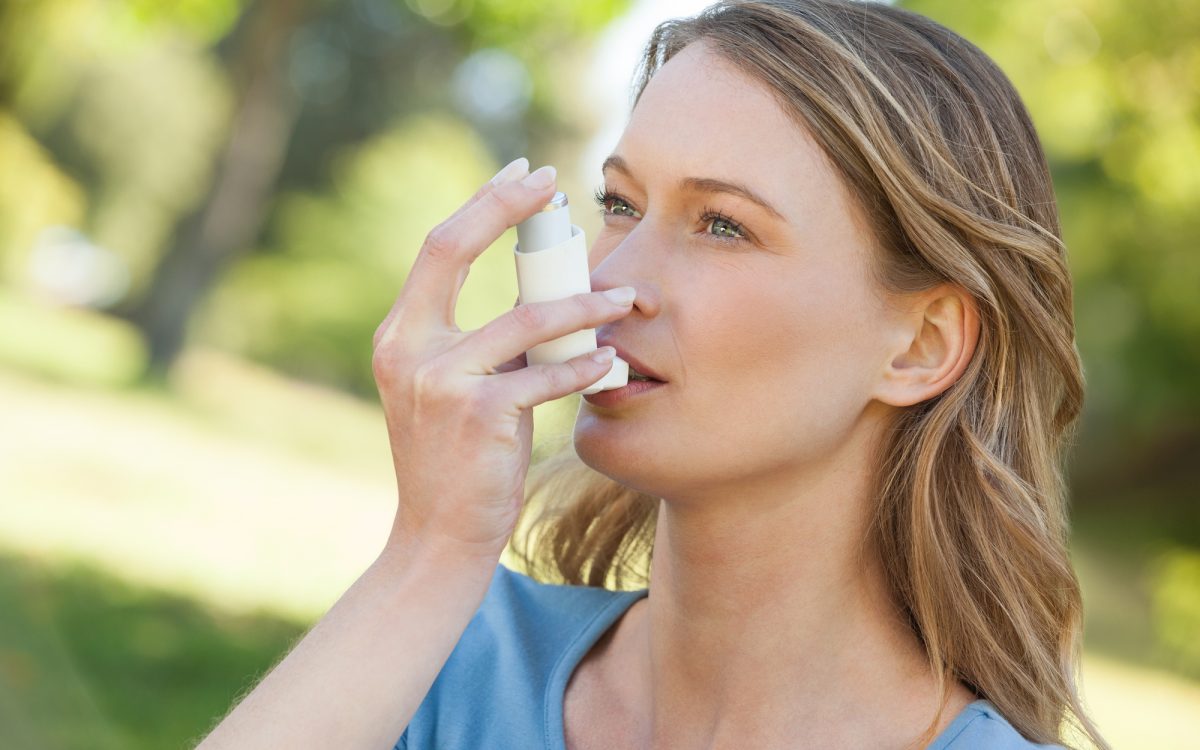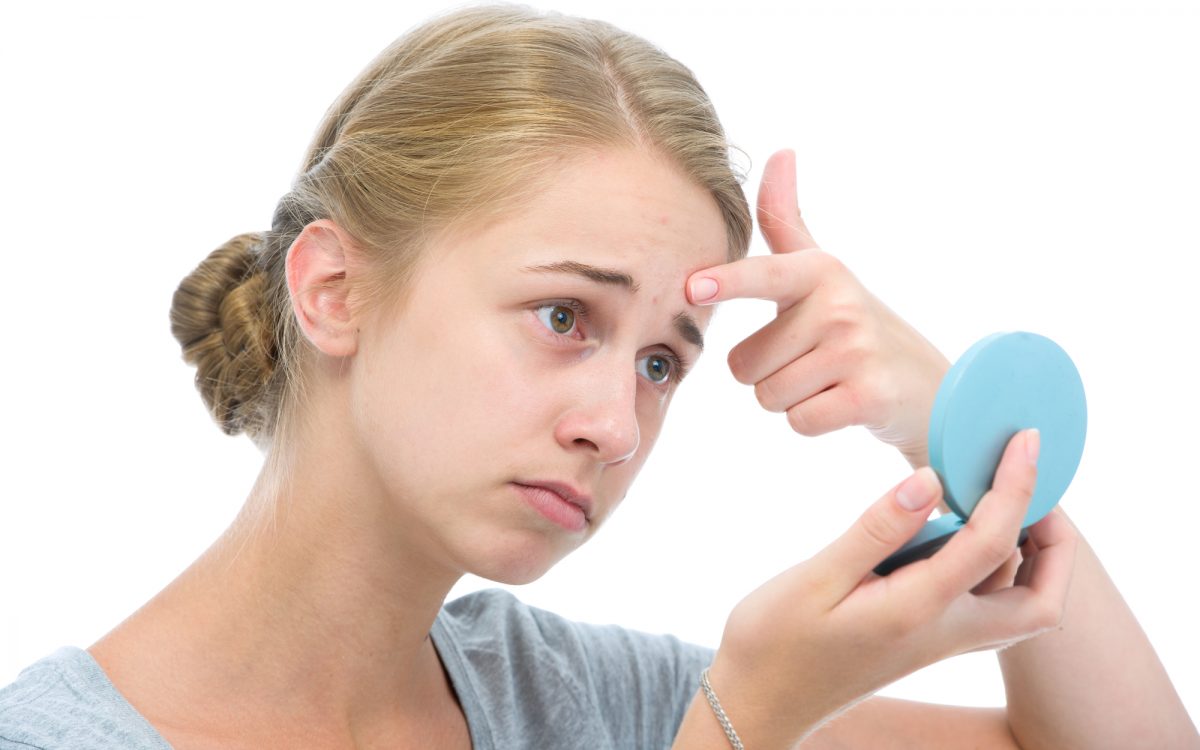How to cure toe fungus quickly and easily
Toe fungus or blackened toes can be painful and very unappealing. The cause of this condition can be a number of things like crushing a toe or dropping a heavy object on it. Foot fungus normally starts with a black line on the nail and can spread throughout the nail plate. The nail plate is the surface under the toe. Fungus under the nail is nothing but blood that has been trapped, therefore, causing a fungus due to coagulation or old, spoiled blood.
Medicine
There are oral remedies like Lamisil and Diflucan that can clear up this condition, but with the economy being so bad, doctor visits can be unaffordable. In addition, the prescription may take a long time to work. Oral remedies have also been known to cause liver, kidney, and gastrointestinal problems.
In order to cure toe fungus topically, the remedy must penetrate the toe nail. There are very few remedies that can do so without putting a hole in the nail with a sterilized needle. Yet, if one is squeamish, poking a whole in the nail may take some doing. Even though this may be helpful it is not necessary. Iodine can penetrate the nail due to its properties. The molecules of iodine are so small that is can slide under the nail without losing its consistency, get directly to the fungus, and eventually kill it. This is not an overnight remedy, patience is needed. Most people think of iodine as a red liquid, but there is clear iodine too.
In most cases, iodine can be found at Rite Aid or similar stores. It comes in a small brown bottle and even comes with an eyedropper, making application cleaner and easier. It should be applied to the infected and uninfected toes every four hours. As the toes begin to lighten, application times can be spread farther apart. When the fungus is being released from the toe, there will be black specs or gook in the creases of the nail. That is the fungus coming out. If the toe must be covered with a shoe, use a band aid to keep the iodine close to the skin. Every few days, the toes can be wiped with a cotton ball apple cider vinegar, which will also aid with the fungus.
Tea tree oil
Another remedy is tea tree oil. The use of tea tree oil on nail fungus has been so astounding that doctors recommend it over medications. The microbial properties of this natural remedy allow it to penetrate the nail plate, like iodine. The only difference is that tea tree oil can be a little bit more pricy than iodine and will need to be aided with tea tree soap or shampoo. It may be a tedious process; therefore, the patient must be adamant about getting results.
The application process of tea tree oil is the same as iodine, place on infected uninfected toes, but the foot has to be washed with tea tree soap a few times a day. Although this remedy is majorly effective, it may be a problem for someone on the go. In either process, clean towels must be used to wipe the toes. The patient may even want to cut the toenails to make nail penetration easier.
In short, these remedies have been known to work great. There are numerous websites online that share the same enthusiasm. Whether you have been fighting nail fungus for a few months or ten years, these remedies will make a difference, in a pleasant and timely manner.




